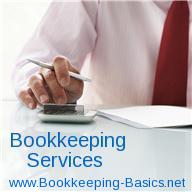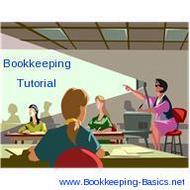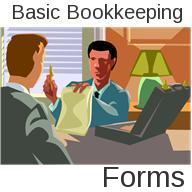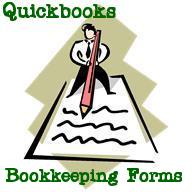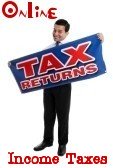- Home
- Questions and Answers
- Depreciation On Company Assets
Australian Dollar Depreciation Bookkeeping Question
by Ash
(Perth)
When the Australian dollar depreciates against the US dollar, what effect does this have on Australian exporters who export to the US?
How does it affect Australian consumers of goods imported from the US? what about the tourism industry in Australia?
Comments for Australian Dollar Depreciation Bookkeeping Question
|
||
|
||
Depreciation at Year End
We have recently taken over the year end accounting for a small Ltd Company and have a problem with the depreciation.
One class had final year depreciation last year and was left with a salvage value NBV only.
Should we carry this forward this year, or just write it off (it is under £10)?
The other class of fixed asset has approx. £700 remaining, but the client does not have a FA register or any details of past depreciation.
The previous years accounts and figures show a 25% on cost charge. However, the year-to-date figure does not compute that this was always the case.
At this year-end there is not a high enough NBV left for us to affect the same 25% on cost charge.
Do we assume this NBV is also salvage value? Can we effect a depreciation charge?
Thanks for your help.
Comments for Depreciation at Year End
|
||
|
||
Depreciation Calculation
by Green Sangano
(Zimbabwe)
How do I calculate depreciation using the straight-line method given the following information:
1 Jan 2023 plant costing 240,000.00
30 June 2023 bought plant @ 160,000.00.
30 March 2023 transferred to disposal account 60,000.00.
calculate depreciation using the Straightline method.
Comments for Depreciation Calculation
|
||
|
||
Depreciation On Company Assets
I own property through my private limited company and receive rent from it, treating the rental income as "Income from Other Sources." Can I claim depreciation on this property in the Profit and Loss account?
Comments for Depreciation On Company Assets
|
||
|
||
Please subscribe to my monthly newsletter, Bookkeeping Basics E-zine. It tells you every month about the new information that I have added, including some great tips and advice from myself and other Bookkeeping Basics readers.
Like Bookkeeping-Basics.net?
- Home
- Questions and Answers
- Depreciation On Company Assets








